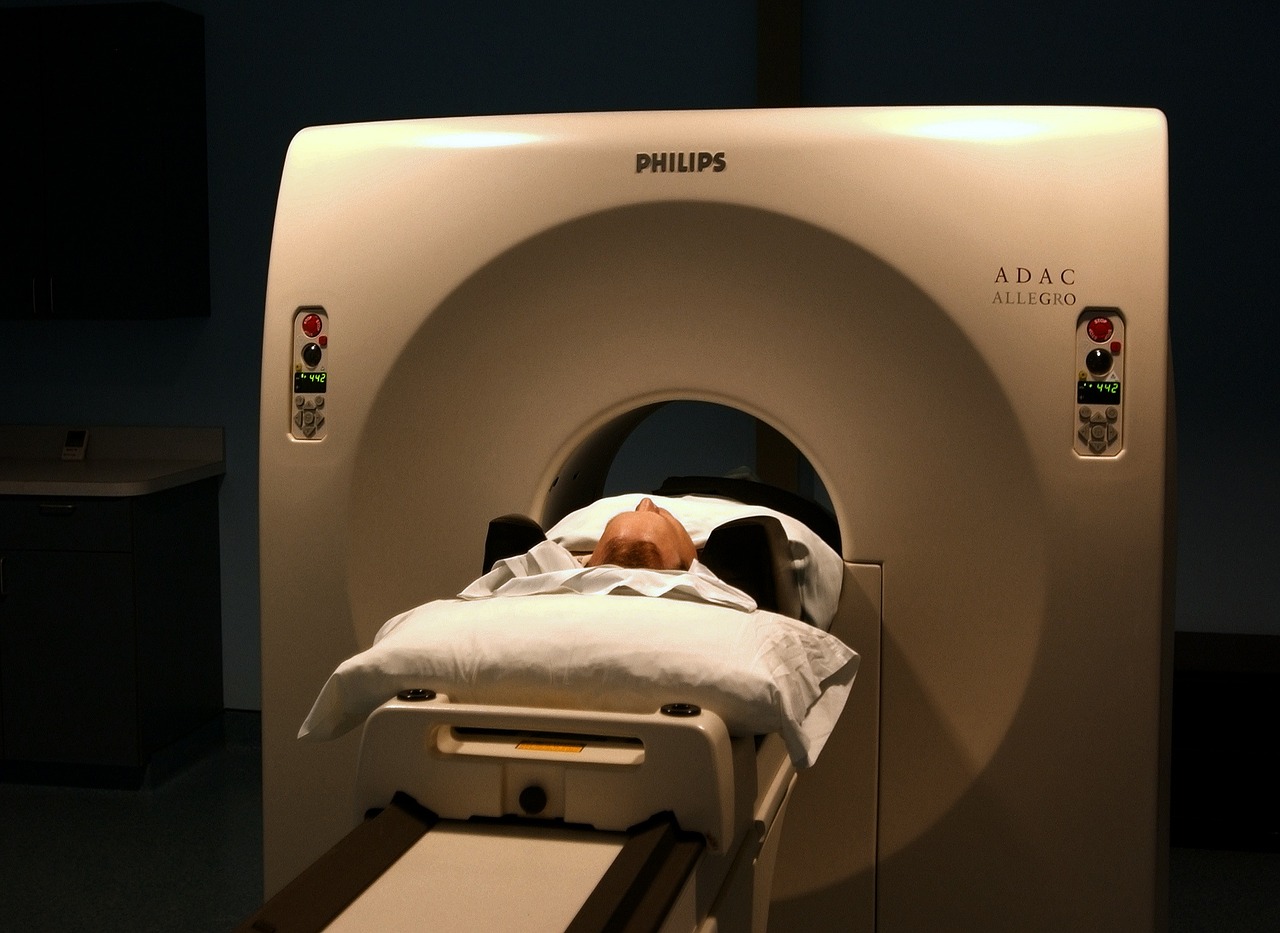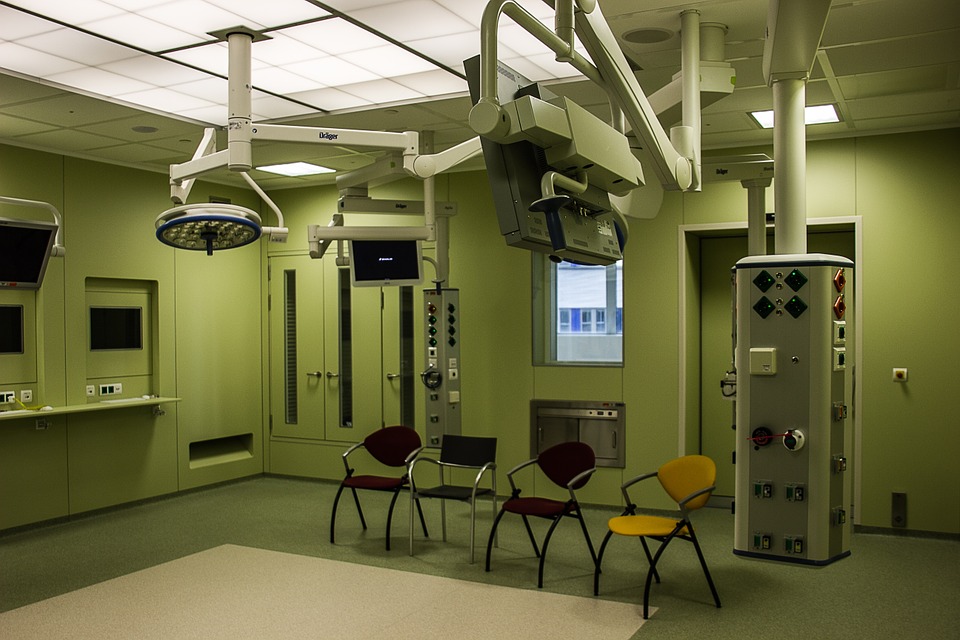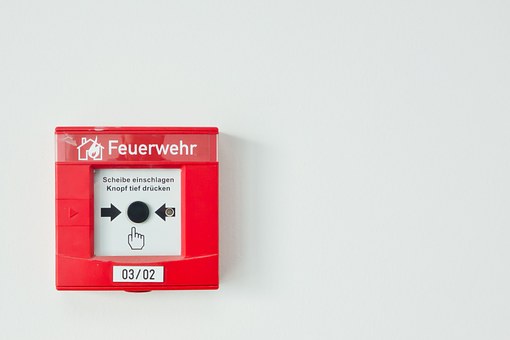Technological Hazards in the Healthcare Industry
Technology hazards taking place in the healthcare industry are very common. To avoid the repetition of those, the Emergency Care Research Institute in short termed as ECRI releases few hazards for the healthcare to know about the make them aware of the various safety measures.
The 10 technological hazards for the year 2016 released by the ECRI are:
- Reusing:
Using the same used needles, syringes, insulin pens for many patients can be very harmful for the patients. The patient can suffer from infections, harmful diseases can be transmitted, etc. and sometimes can even lead to death of the patient. The health care facility’s reputation can be at stake. So, it is always necessary medical personnel be careful when using such kind of equipments.
- Ventilators:
If the ventilation is not kept properly, the patient’s life can be at risk. It is always better that the staff has the knowledge, understanding of the usage of the equipment. Only after they (staff) become aware of all these including functions should they be allowed to handle such complicated cases. After all, nothing is more important than the patients’ health.
- Equipment Knowledge:
New equipments are received by the healthcare on a regular basis. They are operated by the specialized persons and it is very vital for the operator/clinician to have thorough training on how to operate those equipments. The healthcare cannot afford to make mistake in this, as any error lead to injury, death, or prolongment of the surgery. The clinicians need to be given training on new, already existing OR technologies from time to time.
- Alarm Fatigue:
Alarm fatigue also known as alert fatigue happens when an individual is exposed to more number of regular alarms. Because of the regular exposition of medical device, the person becomes desensitized to it. Sometimes the medical professionals are so involved that do not observe the alarm which can lead to serious consequences like injury or death of the patient. So, the healthcare facilities need to have an alarm management program for attending to the alarm hazards.
- Endoscope:
Endoscopes are of complex design and have narrow channels which if not cleaned, the patient may suffer from infections. So, it is very essential to have the endoscopes be cleaned. It should be properly be sterilized on a regular basis.
- Effective Monitoring:
Patients who are given postoperative opioids like morphine have a risk for drug-induced respiratory depression ultimately leading to brain injury or death of the patient. This can be improved if they receive sedatives. Patient oxygenation and ventilation should be checked frequently to fight this.
- Surveillance:
Surveillance of patients in the telemetry setting is very important. Because they’re not under surveillance, the patients’ health can get more critical. In order to avoid this, the medical professionals need to be given proper training about monitoring devices.
- Health IT (HIT):
One of the many reasons for medical errors is because the coalition between the HIT and facility workflow is not proper. The input errors, default errors if not entered properly many problems can arise and therefore there should be a proper alignment between the HIT system and facility workflow.
- Gamma Camera:
Gamma Cameras have heavy moving pieces can fall on the patients or staff if not maintained accurately. It is crucial that the patient be not left all alone in the gamma camera scan room.
- USB Ports:
Illegal devices if plugged into USB ports can result medical devices malfunctioning. The ports on medical devices must have a suitable policy implemented
These are the 10 technological hazards released by ECRI for the year 2016. It should be always kept in mind as negligence can lead to lots of problems. And after all prevention is always better than cure.



Best